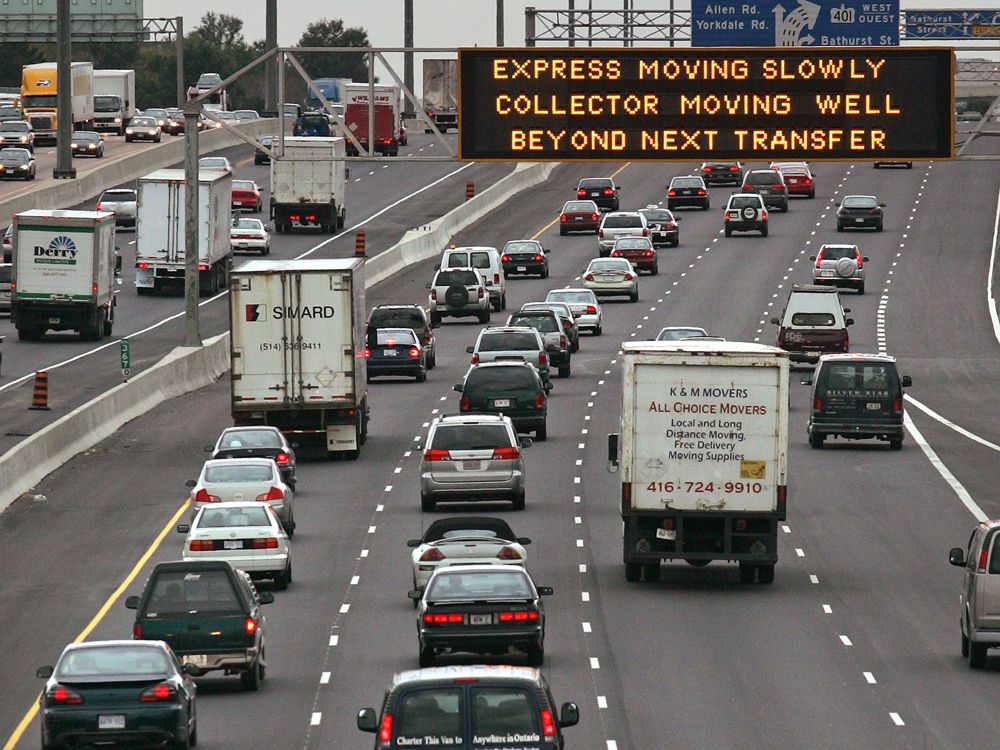He has every right to however. Induced Demand is one of those things I feel that people often shout without properly understanding. Induced Demand has to come from *somewhere*, and cannot appear to fill up a highway from absolute nowhere. Highway 413 is located in a transit desert where most of the traffic is heavy industry and minor commuters from Bolton, Georgetown, and Northern Brampton. There aren't that many places for commuters to come from, and the greatest beneficiaries are truck drivers coming from Northern Canada. As a result its absolutely fair to question at the very least whether or not Induced demand even applies in this situation.
it would draw drivers from Northern Brampton and Vaughan as well to go around the GTA.
Induced demand is too often shown as an infinitely negative thing, which is where people are wrong, not that it doesn't exist. Of course improving infrastructure will encourage people to use it. It's no different than building new transit lines which attracts more riders than the previous bus route. The Eglinton crosstown is expected to carry about 3x the passengers than the bus it replaces for example.
The thing with automotive induced demand is that it induces vehicle trips, which are generally viewed negatively. Those trips however create productivity and wealth, and many of those trips wouldn't exist without the new infrastructure, or are taken otherwise in less efficient ways.
The question is whether those trips could be instead taken by more sustainable modes, like public transit. And on that front I just don't see this project doing much to impact that. It will mostly service trips that need to be automotive trips - industrial and long distance commuting from low density locations.
Toronto's trend of hyper focusing employment around Union Station is proving extremely good for public transit use and minimizing auto trips, but industry needs auto trips to function and can't be left without new infrastructure to support that for decades on end.
I'm sure a handful of incidental auto trips will happen because of this road that would be better off on transit, but the vast majority will be supporting economic activity that would either not exist otherwise or be performed in less efficient auto trips.





